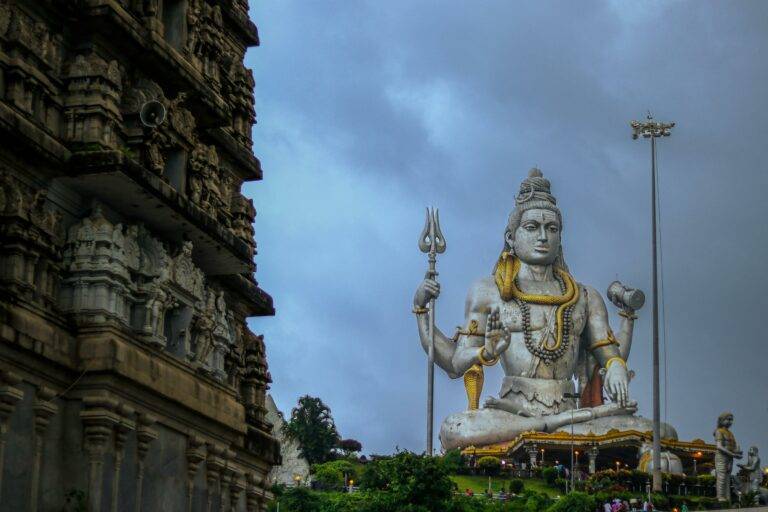The Evolution of CGI in Theme Park Rides and Attractions
Computer-generated imagery (CGI) has revolutionized the way theme park attractions transport visitors to imaginative worlds filled with wonder and excitement. From the early days of simple animated effects to the sophisticated 3D environments of today, CGI has played a pivotal role in creating immersive experiences that blur the lines between fantasy and reality. As technology continues to advance, theme parks are constantly pushing the boundaries of what is possible, captivating audiences with ever-more complex and visually stunning simulations.
The evolution of CGI in theme park experiences has not only enhanced the level of visual detail and realism but has also allowed for greater storytelling and interactivity. Visitors can now embark on thrilling virtual adventures, interact with lifelike characters, and be fully immersed in the magic of these fantastical worlds. The seamless integration of CGI into theme park attractions has transformed the way guests engage with the park environment, creating unforgettable memories and leaving them craving more of these captivating digital experiences.
CGI has revolutionized theme park attractions
From simple animated effects to sophisticated 3D environments
Constantly pushing boundaries of what is possible
Enhancing visual detail, realism, storytelling, and interactivity
Visitors can embark on virtual adventures and interact with lifelike characters
Fully immersed in the magic of fantastical worlds
Transforming guest engagement with park environment
Creating unforgettable memories and leaving guests craving more digital experiences.
Early Beginnings of CGI in Theme Park Attractions
Computer-generated imagery (CGI) first made its appearance in theme park attractions in the early 1980s, marking a significant leap in the integration of technology within immersive experiences. One of the pioneering theme park attractions to incorporate CGI was Disney’s “Star Tours,” which opened in Disneyland in 1987. This groundbreaking ride used CGI to create realistic space environments and dynamic flight sequences, captivating visitors with its innovative use of technology in storytelling.
Following the success of “Star Tours,” other theme parks began to experiment with CGI in their attractions, aiming to enhance the overall guest experience. Universal Studios introduced the “Terminator 2: 3D” attraction in the 1990s, combining live-action performances with seamless CGI effects to immerse visitors in the world of the blockbuster film. The use of CGI in theme park attractions continued to evolve, pushing boundaries and redefining the possibilities of storytelling in the realm of entertainment.
Impact of CGI on Immersive Theme Park Experiences
In recent years, the integration of computer-generated imagery (CGI) into immersive theme park experiences has revolutionized the way visitors interact with attractions. By leveraging advanced CGI technology, theme parks are able to create mind-blowing visual effects and environments that transport guests to fantastical worlds beyond their imagination. This cutting-edge approach has elevated the level of immersion and engagement, setting a new standard for theme park experiences worldwide.
Moreover, CGI has allowed theme parks to continually update and enhance their attractions with new storylines, characters, and special effects. This dynamic nature of CGI-based experiences ensures that visitors are always greeted with fresh and exciting elements each time they visit the park. With the ability to easily tweak and improve CGI elements, theme parks can stay relevant and captivating in an ever-evolving entertainment landscape, keeping guests coming back for more unforgettable adventures.
How has CGI evolved in theme park experiences?
CGI has evolved from simple animations to highly realistic and immersive visual effects that enhance the overall theme park experience.
What were some early examples of CGI in theme park attractions?
Early examples of CGI in theme park attractions include rides like “Star Tours” at Disney parks, which used computer-generated imagery to create a simulated space flight experience.
How has CGI impacted immersive theme park experiences?
CGI has greatly enhanced immersive theme park experiences by allowing for more realistic and dynamic visual effects, creating a more immersive and engaging environment for visitors.






